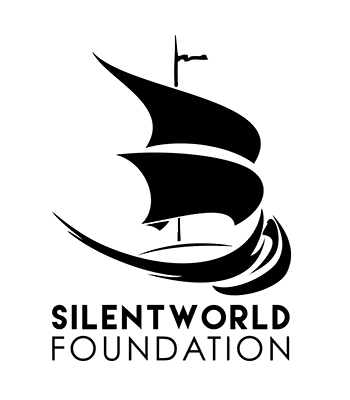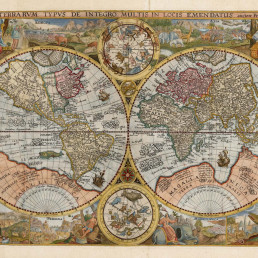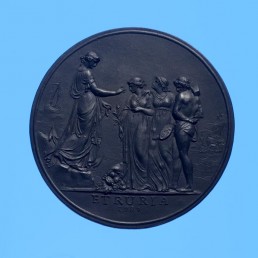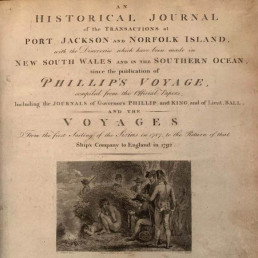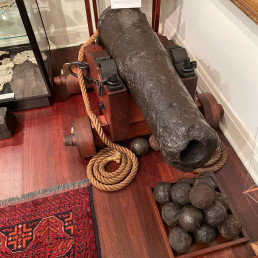
Name/TitlePortrait of John Hunter
About this object John Hunter (1737-1821), admiral and governor, succeeded Arthur Phillip as the second governor of New South Wales and served as such from 1795 to 1800.
When the arrangements which resulted in the sending of the First Fleet to Australia were being made in 1786, HMS SIRIUS was detailed to convey it. Hunter was appointed second captain of the vessel under Governor Arthur Phillip with the naval rank of captain. He was also granted a dormant commission as successor to Phillip in the case of his death or absence. In Phillip’s instructions, 25 April 1787, it was hoped that when the settlement was in order it might be possible to send the SIRIUS back to England under Hunter’s command.
On the outward journey, soon after leaving the Cape of Good Hope, Phillip transferred to the tender SUPPLY, hoping to make an advance survey of their destination at Botany Bay; he placed Hunter in the Sirius in command of the main convoy, though in the end the entire fleet of eleven ships made Botany Bay within the three days 18 to 20 January 1788. When Phillip felt doubtful about Botany Bay as the site of the first settlement, he took Hunter with him on the survey which decided that the landing should be on the shores of Port Jackson.
Despite Hunter’s dormant commission, the lieutenant-governor was Major Robert Ross of the marines. Hunter was chiefly employed on surveying and other seaman’s business, as well as sitting both in the Court of Criminal Judicature, which met for the first time on 11 February, and as a justice of the peace, the oaths of which office he took on 12 February. The relations between Phillip and Hunter always seemed excellent, though it was Philip Gidley King whom Phillip recommended as his successor. Far different was the situation with Lieutenant-Governor Ross; by February 1790 Phillip was reporting to London that both Captain Hunter and the judge-advocate, David Collins, were unwilling to sit further as justices of the peace if they had to endure the treatment meted out to them by Ross.
On 2 October 1788 Hunter sailed in the Sirius for the Cape of Good Hope to lay in stocks of grain to replace that lost on the voyage from England and because of the failure of the first harvest; he was also to take on supplies for the medical department. On his return to the colony on 8 May 1789, having circumnavigated the globe, he resumed his former duties as magistrate and as a surveyor of the rivers and harbours in the neighbourhood of Port Jackson, and on 13 February 1790 his sketch of the Hawkesbury River was sent to London. The next month, however, the governor had to record the disastrous loss of the SIRIUS under Hunter’s command off Norfolk Island on 19 February. This was a very heavy blow to the colony, which was on short rations, but the Norfolk Island roadstead was always dangerous. Hunter took advantage of his enforced stay of eleven months on the island to make a detailed survey there, and in his dispatch of 1 March 1791 Phillip recorded Hunter’s suggestions in favour of an alternative landing place at Cascade Bay. This was the third shipwreck in which Hunter had been involved, and the first of two for which, in accordance with naval regulations, he was court-martialled as commanding officer; in both cases he was honourably acquitted of all blame.
Hunter’s difficulties began before he arrived back in Sydney. Phillip left the colony in 1793, at the end of his term as governor, and for the following two years the military were in complete control. During the lieutenant-governorship of Francis Grose, who unmercifully exploited the convicts, a great traffic in alcoholic spirits sprang up, on which there was an enormous profit for the officers concerned. They had obtained the control of the courts and the management of the lands, public stores, and convict labour. Hunter realised that these powers had to be restored to the civil administration, a difficult task. And in John Macarthur he had an opponent who would ruthlessly defend his commercial interests. Hunter found himself practically helpless. A stronger man might have sent the officers home under arrest, but had Hunter attempted to do so he likely would have precipitated the rebellion which took place in William Bligh’s time. Anonymous letters were even sent to the home authorities charging Hunter with participation in the very abuses he was striving to prevent.
In spite of Hunter’s vehement defence of the charges made against him, he was recalled in a dispatch dated 5 November 1799 from the Duke of Portland, one of the three secretaries of state. Hunter acknowledged this dispatch on 20 April 1800, and left for England on 28 September 1800, handing over the government to Lieutenant-Governor Philip Gidley King. When Hunter arrived he endeavoured to vindicate his character with the authorities but was given no opportunity. Hunter was obliged to state his case in a long pamphlet printed in 1802, ‘Governor Hunter’s Remarks on the Causes of the Colonial Expense of the Establishment of New South Wales. Hints for the Reduction of Such Expense and for Reforming the Prevailing Abuses’, which has become a valuable document in early Australian history.
Hunter was courageous, and a good officer, but the circumstances in which he was placed made it very difficult for him to be completely successful as a governor. As his successor Philip Gidley King said, his conduct was “guided by the most upright intentions”, and he was “most shamefully deceived by those on whom he had every reason to depend for assistance, information, and advice.” Of his sojourn in the colony Hunter said that he “could not have had less comfort, although he would certainly have had greater peace of mind, had he spent the time in a penitentiary”. Hunter did good work in exploring and opening up the country near Sydney, and also encouraged the explorations of Matthew Flinders and George Bass. Hunter continued his interest in Australia for long after he left it, and the suggested reforms in his pamphlet were of much value. When the platypus was first discovered by Europeans in 1798, a pelt and sketch were sent back to the United Kingdom by John Hunter.
Period19th century
Medium and MaterialsPrint. Paper and ink.
Object TypeEuropean Portraits
Object numberSF000892
Copyright Licence![]() Attribution - Non-commercial - No Derivatives (cc)
Attribution - Non-commercial - No Derivatives (cc)
Explore by category
Maps and Charts
Date range: 1541-1836
Ship Models
Date range: 1629-1890
Maritime Paintings
Date range: 1793-1849
Manuscripts and Ephemera
Date range: 1768-c1850
Medallions & Convict Tokens
Date range: 1619-1880
Landscapes
Date range: 1768-c1850
Books
Date range: 1694-c1850
Currency and Shares
Date range: 1624-1823
Printed Material
Date range: 1541-1836
Maritime Archaeology
Date range: 1629-1854
Curator's corner
New acquisitions, staff favourites and curios
The mug is decorated with an underglaze and a blue transfer print. On the body, it is titled ‘Emigrants to Australia’. This type of body and glaze was discontinued by 1840. Comparison of the handle shape and the profile of the foot, point to the attribution of manufacture by the Davenport Factory.
Delta was a ship-rigged vessel with two decks and three masts. It was built in Dordrecht, Netherlands in 1839 at the shipyard of Jan Schouten and registered in the same port. Its hull was constructed of oak and sheathed in ‘yellow metal’. Delta was owned by H. van der Sande at the time of its loss and was engaged as a cargo trader.
The Delta carried 29 crew and passengers, while sailing from Melbourne to Batavia in ballast when wrecked at Kenn Reefs on 30 May 1854 whilst under the command of Captain J.G. Kunst. This vessel loss supports the pattern of shipwrecks located on a well-travelled shipping route that was poorly charted until the mid-nineteenth century. The crew of the Delta could see four other shipwrecks at Kenn Reefs at the time of their vessel’s loss.
Important image of a ship associated with Matthew Flinders, that would shortly become one of the most famous early shipwrecks in eastern Australian waters. This is a fine ship’s portrait, by one of the great exponents of the art
